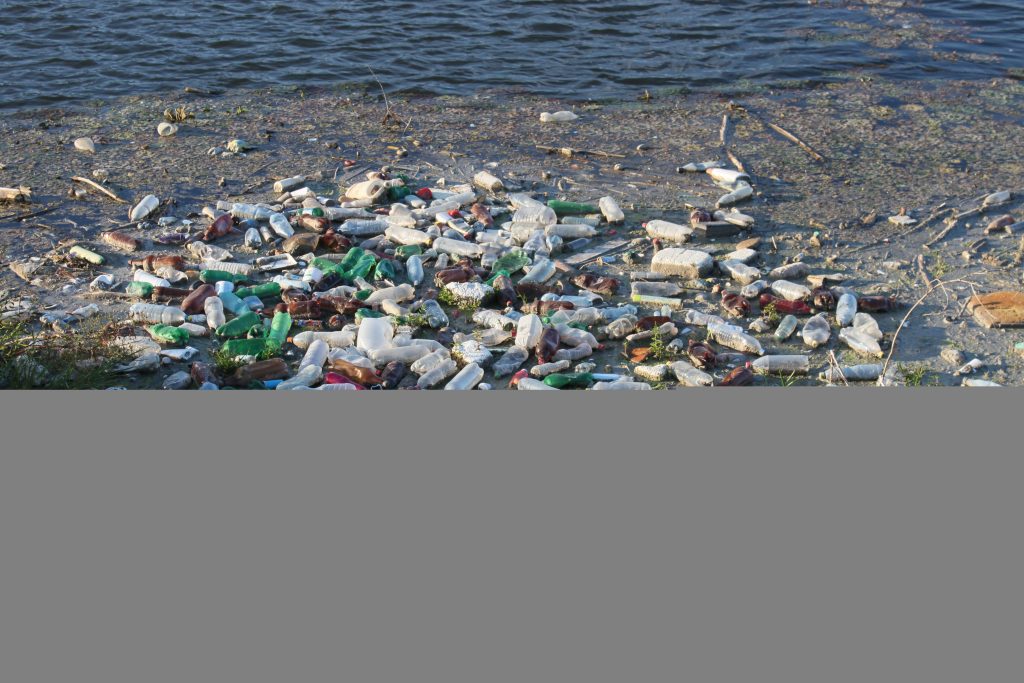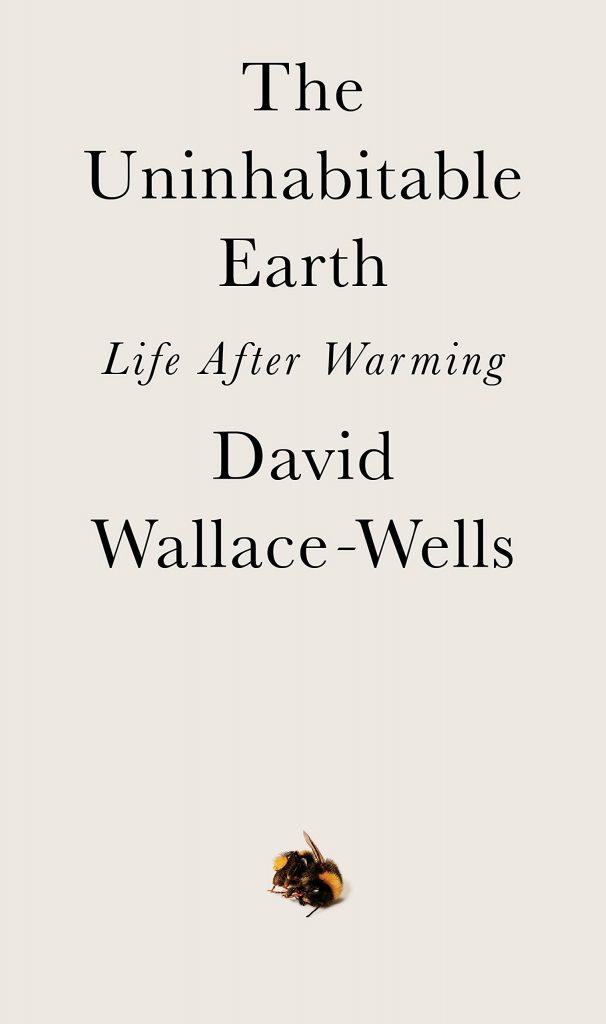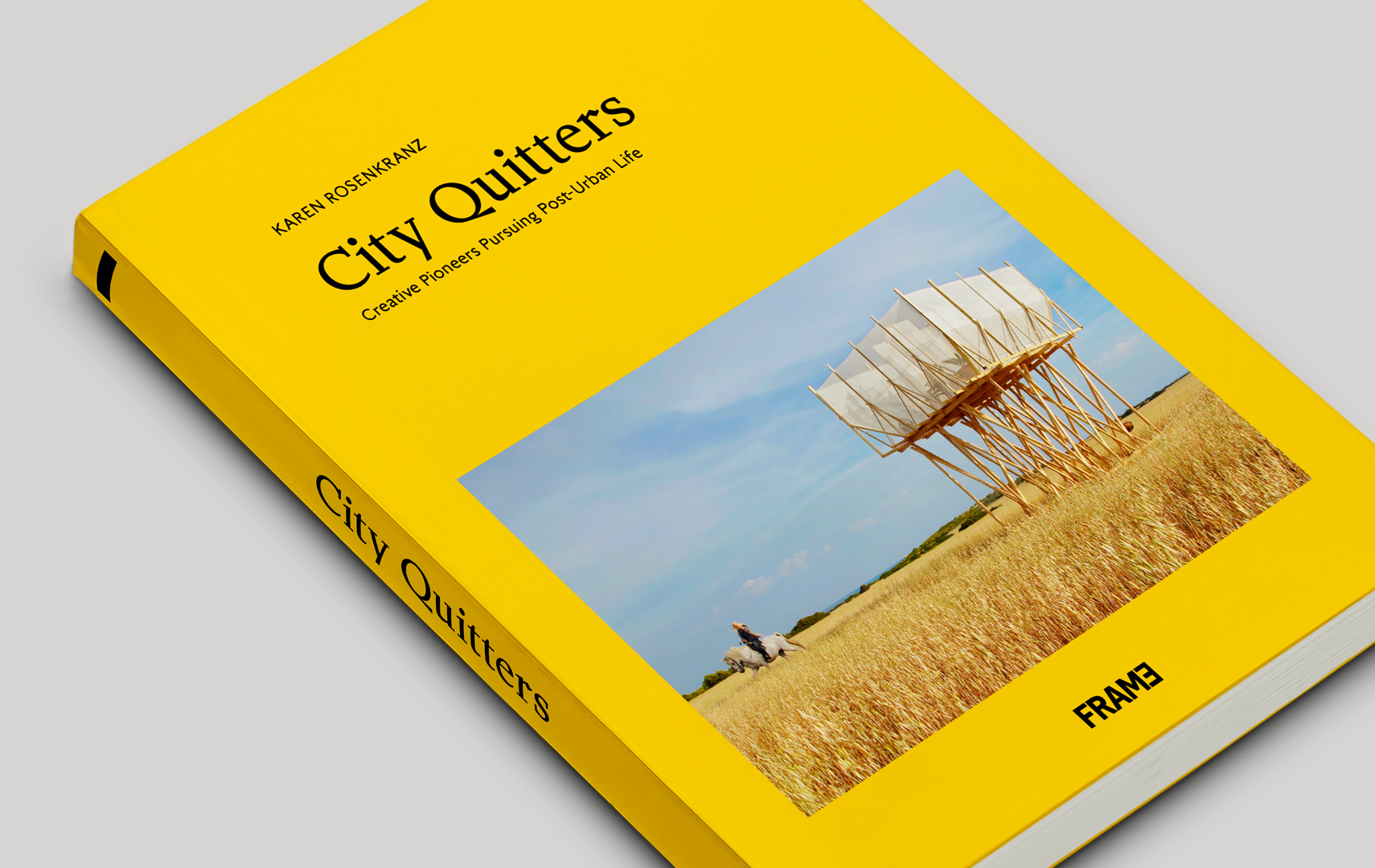As a reoccurring feature on the Sustainability Roundtable blog, we will post reviews of books related to sustainability. Interested in submitting your own review to the blog? Contact August at aolundsmith@gmail.com.

Review: Poisoned Water: How the Citizens of Flint, Michigan, Fought for Their Lives and Warned the Nation by Candy J. Cooper and Marc Aronson (May 2020; Bloomsbury Children’s Books).
Submitted by Mary Callahan, Queen Public Library
At a time when conversations about systemic racism are taking place across the country, Poisoned Water: How the Citizens of Flint, Michigan, Fought for Their Lives and Warned the Nation by Candy J. Cooper and Marc Aronson is a reminder that environmentalism cannot be extricated from the quest social justice.
The source of the water that gives this book its title was indisputably the polluted Flint River, but, as this book clearly describes, the environmental issues of the Flint water crisis were inextricably linked to issues of race and class.
‘The book has been labeled “for young readers” (ages 10-17) by its publisher, but its subject matter seems more suited to teens than younger readers. In fact, adults looking for a straightforward and engaging overview of the story will find it here. In clear prose, the authors document the events and decisions that led to the water crisis in Flint Michigan and the ways in which the city’s residents—many poor and people of color—struggled to have their concerns about the city’s polluted water supply addressed.
The decision to change Flint’s water supply from Lake Huron to the Flint River had its roots in the economic disaster created by massive layoffs at General Motors, the company that was responsible for the growth of Flint and the source of its nickname, the Vehicle City. In 2011, the city, in massive debt, was placed under the supervision of a series of governor-appointed emergency managers whose primary focus was saving money. The water crisis began as a cost-cutting plan. For the preceding 50 years, Flint’s drinking water was taken from Lake Huron and processed and piped in from Detroit. But as Detroit’s water rates increased, Flint officials decided to save money by creating a new pipeline that would deliver water directly from Lake Huron to the Flint, bypassing Detroit. During the two to three years the new pipeline was being built, Flint’s water would come from the Flint River.
The switch occurred in April 2014. In the ensuing year and a half, polluted river water, further tainted by the city’s improper chemical treatment and aging water pipes, poisoned thousands of Flint children with lead, resulted in an outbreak of Legionnaires disease, and caused countless other health ailments. But while Flint residents raised their concerns about the water almost immediately, the water supply was not switched back to Lake Huron for 18 months—until October 2015—and the effects on the city’s water system and its residents still linger.
Cooper, a journalist and Pulitzer Prize finalist, conducted extensive research into public records, news accounts, and emails. But the story is primarily focused on the experiences of city residents who tried to get city, state, and federal officials to address the problem. The indifference of the local officials is mind-boggling: although they were repeatedly presented with samples of off-color, foul-smelling water; with tests revealing high lead levels; and even with clear evidence that the water corroded metal parts at a GM factory, they refused to admit the water posed a danger to people. (Eventually GM arranged to get its water from Lake Huron, but the city would not do the same for the residential water supply.)
Poisoned Water is a testament to the power of grassroots activism. It recognizes, in particular, the leadership positions played by many people of color in Flint. These leaders, the authors note, were often overlooked in earlier reports on the Flint water crisis. As Curt Guyette, a journalist who covered the water crisis story for the ACLU notes, “A lot of people who were never before at the same table came together and worked together really effectively to bring this crisis to the attention of the world.” He added, “It was the residents who saved themselves. That’s the really inspiring aspect of this story… We can save ourselves.”
As much about government mismanagement as it is about water pollution, Poisoned Water draws a timely connection between the environmentalist and social justice movements. As co-author Marc Aronson said in an interview with Publishers Weekly, “As we think about preserving the Earth and our relationship with it, we shouldn’t separate concerns of environmentalism and ecology from the power structures in our world. Those who are most victimized are those with the least power.”
For further reading about how Flint is navigating the Covid-19 pandemic, check out this photo essay published by the New York Times.
Discussion Questions:
- How much did you know about the Flint water crisis before reading this book? Were you surprised by anything that you read?
- Why do you think officials were so slow in responding when Flint residents complained about the water from the Flint River?
- Do you think the Flint water crisis was an environmental crisis or a political one?
- Can you think of other environmental crises that were caused or complicated by political issues?


